There is a limited range of adjectives you can use to describe food; exquisite, delicious, divine, delectable, mouthwatering, scrumptious, flavoursome, yummy, tasty and then you get into other description of, mmmmm….so good…OMG...kinda of vocabulary. After a few postings, having raided the thesaurus I can’t find a different way to describe something delicious and perfectly formed….I just want others to know how something tastes so good…so I’m telling everyone listening…this tart is all of the above…. if you love the flavour of lemon, creamy lemon, this is it….it’s the perfect lemon tart – there is no competition….no good for Bikerboy as he hates lemon tart…all the more for me then…
Pure Lemon Flavour and The All Important Fat
Firstly this tart tastes of a pure lemon flavour, it’s got all that zingy sharp ‘sunshine’ awake your tastebuds kind of flavour. This tart has few ingredients and for me when trying to bring out a single flavour few ingredients means purer taste, not much to interfere with it. It uses all the rind of the four lemons to achieve the max from the lemons but then you sieve the mixture to achieve a smooth soft set custard. Secondly what makes this tart so satisfying is fat, it has the fat of double cream to carry the flavour through, when biting into a piece that fatty creamy flavour it surrounds all of your mouth and it’s this viscosity that our human brain has evolved to seek out….yes fat…it’s all about fat…that’s what I learnt this week from the Horizon BBC2 program…
I had Horizon in the background this week while typing away and I caught the last 10 minutes when they showed the research carried out at the University of Nottingham of people being given liquids to drink that contained 5%, 10% and 30% of fat and at the same time their brain was being scanned by MRI scan to find out our brain responses. When the 30% fat (equivalent to double cream) was drunk the brain reacted the most. Our brain reacted to the 5% and 10% fat as you’d expect but with the 30% fat there was further areas that were stimulated, the area that detects texture and the area of reward also reacted. No surprise to all of us who love the flavour fat gives…fat…it’s all about the satisfying fat…love programs like that…so don’t skip to single cream, it’s double or nothing.
The Perfect Lemon Tart
I have made various recipes and variations on the lemon tart over the years but what I want from a perfect lemon tart is a just set lemon custard. One that as soon as you put into your mouth it gives, melts as if thick cream and you have the texture of buttery pastry giving you a crumbly contrast. Like you have from a good cheesecake, crumbly biscuit and soft cheese. Along with texture I want to receive the pure lemon flavour with enough sugar to make the bitterness palatable but still allowing the sharpness of lemon to linger on. That’s my perfect lemon tart.
The mixture itself could not be easier to make, you place all of the four ingredients in a blender for one minute, sieve it onto the pastry shell and bake. You can make the filling the day before, just give it a stir and you can have your pastry ready for baking the day before too making this simple to assemble on a busy day.
The Added Dimension – The Brulée Top
I came across the original recipe through a magazine which I duly cutout and filed in my indexed folders back in the days before child no. 3 came along when I had time for such things. I don’t have reference to whom the recipe was by and although I changed the recipe filling and pastry, the method of whizzing the filling in the blender remains the same and the sprinkling of icing sugar on top to caramelise it.
In the original the top was quite burnt, I like to add a thin layer of icing sugar over it and blow torch it, caramelising the sugar, but not burning it. I like to add just enough icing sugar to give the thinest wafer like topping giving a very slight contrast to the filling beneath. You can add more sugar and make it more brulée than I do, but I like less of the sugar crunch in my lemon tart, letting the buttery pastry speak louder.
To cook a lemon tart is the same as baking a custard tart or creme brulée or a chocolate fondant pudding, it’s about your oven temperature and catching the tart before it sets too firmly and as the tart will carry on cooking once out of the oven it will set too solid, still nice but not quite the perfect texture. Don’t go by the timing of the recipe, use it as a guide and since it’s not a soufflé you can open the oven towards the end and test it.
Lemon Tart
Pastry
225g / 8 oz plain flour
112g / 4 oz butter (if using unsalted add 1/4 tsp of salt)
56g / 2 oz caster sugar
1 egg
15 ml / 1 tablespoon of milk
Pre-heat oven temperature Fan 180C / 356F / Gas 4
Tart tin 23cm / 9 inch
Put all the ingredients in a food processor and blend until the mixture comes together and starts to want to form a ball. Form into a patty, wrap it in clingfilm and place in the fridge for an hour. Dust your board with a thin coating of flour, and dust your dough too and rolling pin, roll out the pastry into a thin layer large enough to fit into your tart tin, roll the pastry gently and loosely around the rolling pin and place over the tin and start to shape it into the tin with your fingers, see below.
Note: when rolling out the pastry make sure you keep moving it by lifting it slightly and turning the pastry a quarter not allowing to stick to the board and once or twice turn it over throwing a little flour at it again, to prevent from sticking.
Baking Blind
You can let the pastry hang over the edge to make sure it doesn’t shrink and then trim with a very sharp knife after baking. Prick the bottom of the pastry with a fork but not all the way through. Now it’s ready to bake it’s best to give it another rest in the fridge, helps to prevent the pastry from shrinking a lot. When ready to bake line the pastry with a sheet of parchment paper or foil and cover with a layer of beans to weigh dow the bottom, stopping from rising. Bake between 12-15 mins until it’s turning a light brown colour, remove the beans and paper and put it back in the oven for a further 10-12 mins to dry out the bottom. If the bottom has trapped air and it raises up just make a tiny prick with point of a knife to let air escape.
Important: Turn Oven Temperature Down to fan 140C / 284F / gas 1
Filling
6 eggs
4 medium size lemons, zested and juiced
300g / 10.5 oz caster sugar
284 ml / 10 floz double cream
icing sugar to brulée the top
Place all of the ingredients in a liquidizer and blitz for one minute. Sieve it and pour into the prepare pastry shell. Easier to place the pastry shell already in the oven shelve and then pour the liquid using a jug into the pastry shell, that way it won’t spill. Bake between 30-40 mins until the custard has just set.
When you place you finger on top of the middle it should be set but only just, it will have a slight wobble when pressed, it will carry on cooking once removed and cooling. If you want to caramalise the top sieve icing sugar over the tart so it covers it in a single layer and using a blow torch burn the sugar until it changes colour to a deep golden colour.
Making the filling
Mix all of the filling ingredients in a liquidizer and blitz for one minute, and sieve it into a jug and poured into your baked pastry shell. Once your pastry is blind baked (photo here is of uncooked pastry shell by the way) pour the filling in and bake until just set.
Making the Pastry
I’ll sometimes hold back the tablespoon of milk depending on the size of egg and weather being damp to see if I need it, it’s a habit of mine, but for this all butter pastry I don’t remember the last time the dough came together without the extra bit of liquid.
Once you’ve formed your dough into a patty, cover in clingfilm and put it in the fridge for an hour. Here I didn’t as I was in the hurry, and in this case the dough is quite soft and can tear more easily.
When rolling out a rich dough with all butter and egg, especially if the weather is very warm or if like me you didn’t have the time to rest it in the fridge, the dough will want to stick to the board, so keep sprinkling it with a shower of flour and turning the dough after about three rolls, a 1/4 of the way around to prevent sticking. When you’ve rolled out the dough about halfway, again turn it over and dust the underneath with flour.
Once your pastry is rolled out to a thin layer, make sure it will cover your tin, roll it over your rolling pin loosely and place it on top of your tin. Using your fingers start to shape it around the tin. DON’T stretch the dough, especially away from the tin as this will make it make shrink a lot. Instead press with your fingers down, giving the edge of the tin generous amount of pastry. This type of tin with no ridges is the worst kind to make the pastry stick to the edge of it.
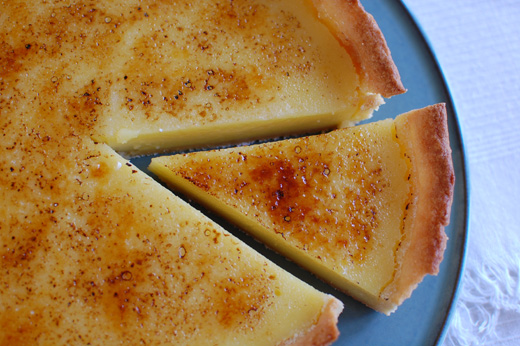



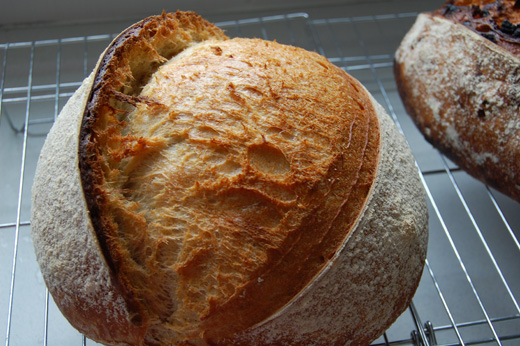
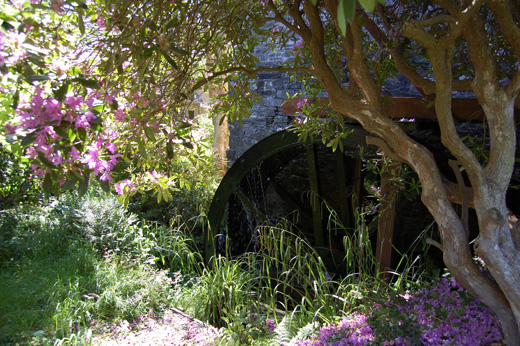
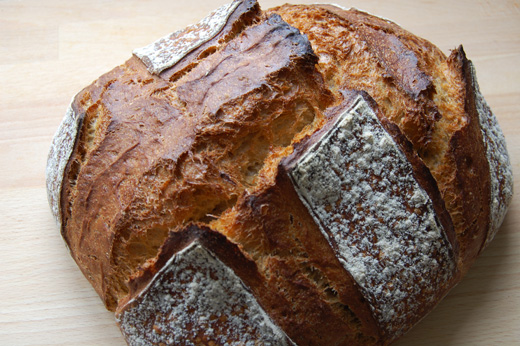



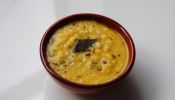


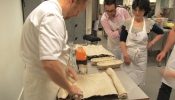








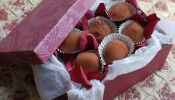

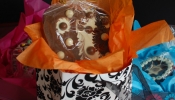



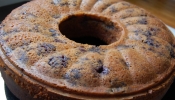


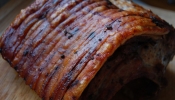

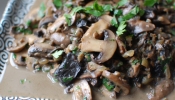

{ 2 comments… read them below or add one }
thanks
Fantastic tips thank you. Perfect result,